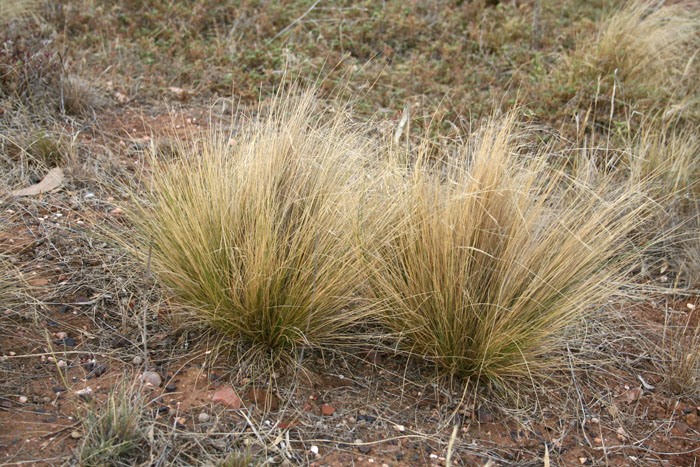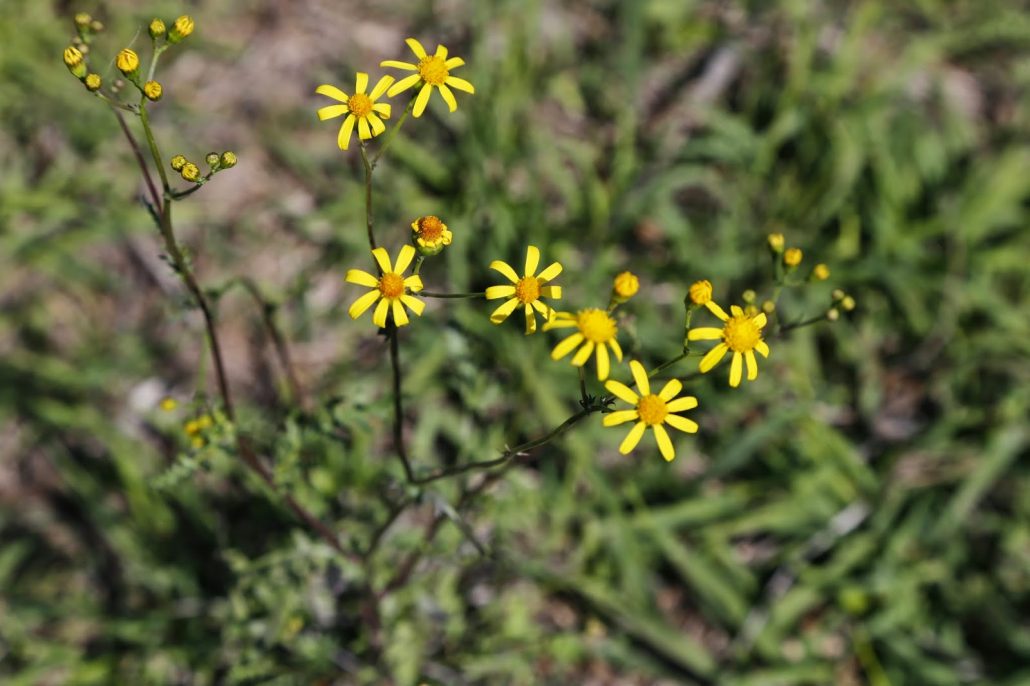Helping to tackle Serrated Tussock
As part of the Nasty Nassella Serrated Tussock project, which is working on a new approach to serrated tussock, Watershed Landcare is inviting local landholders to a workshop to help them get the upper hand on this weed of national significance.

Serrated tussock
Watershed Landcare has partnered with Central Tablelands Local Land Services (CT LLS) and Mid-Western Regional Council (MWRC) to deliver the Nasty Nasella Workshop on Monday, 5 March.
The workshop will feature presentations from Clare Edwards, CTLLS Senior Land Services Officer (Pastures), who will discuss proactive whole-farm strategies to manage serrated tussock; Aaron Simmons, NSW Department of Primary Industries, will speak about the practicalities of serrated tussock management strategies from his perspective as a landholder and researcher; Matt Anderton, MWRC, will discuss landholder responsibilities and the new biosecurity legislation.
The Nasty Nasella workshop will be held from 9am-12:30pm, 5 March at The Stables, Market Street, Mudgee. This event is free to attend with lunch provided, but please RSVP to assist with catering by Friday, 2 March.
The Nasty Nassella Serrated Tussock project is also looking for farmers interested in developing a serrated tussock management plan for their farm.
“The project is capturing and building on the knowledge of experienced landholders as well as supporting those who have had limited experience with serrated tussock,” said Watershed Landcare Coordinator, Claudia Wythes.
“Rather than focusing only on chemical control, this project will deliver a broad range of practical management options that cater to landholders with different experience levels in dealing with the problem.”
“Pasture species, alternative control strategies and the scale of the problem all need to be considered,” she continued.
“Whether you are actively managing serrated tussock on your property, you have just spotted a few isolated plants, or you would like some help with identification, we want to hear from you,” said Ms Wythes.
To RSVP to the workshop or for more information about the Nasty Nassella project, contact Watershed Landcare Coordinator Claudia Wythes on 0412 011 064 or email: claudia.wythes@watershedlandcare.com.au.
This project is supported by Watershed Landcare through funding from the Central Tablelands LLS from NSW Catchment Action and the Australian Government’s National Landcare Programme and is a part of the NSW Government’s Local Landcare Coordinators Initiative, supported through the partnership of Local Land Services and Landcare NSW.

